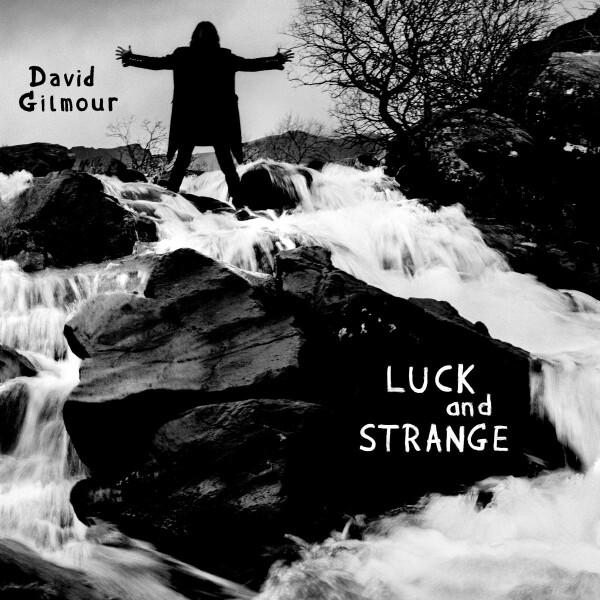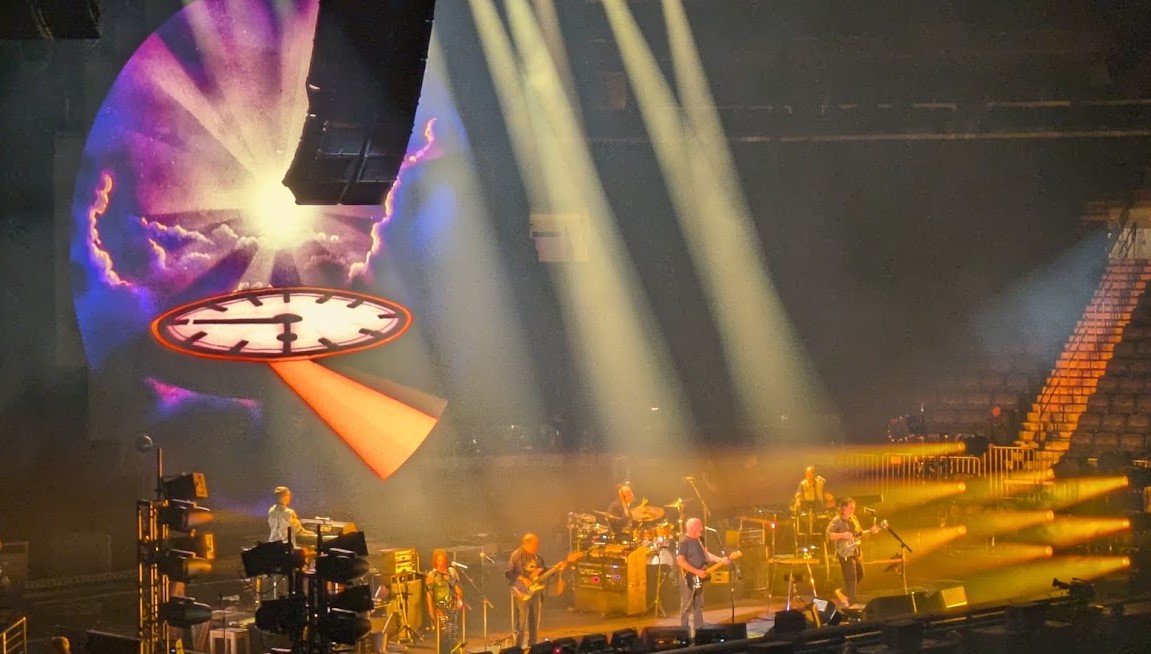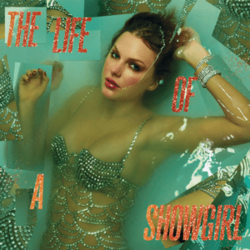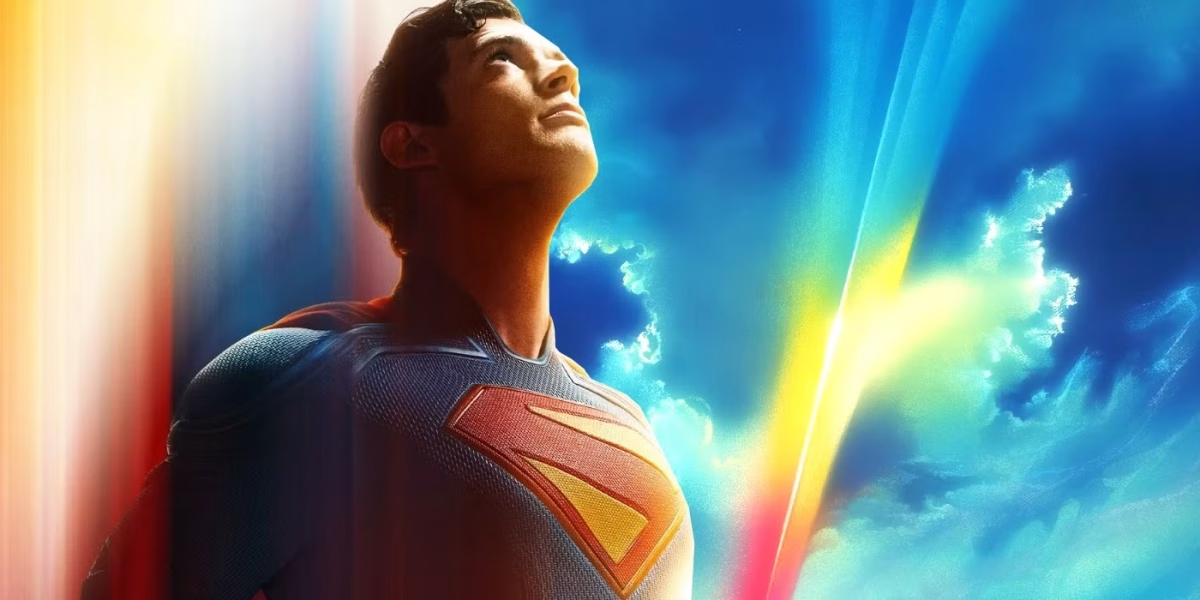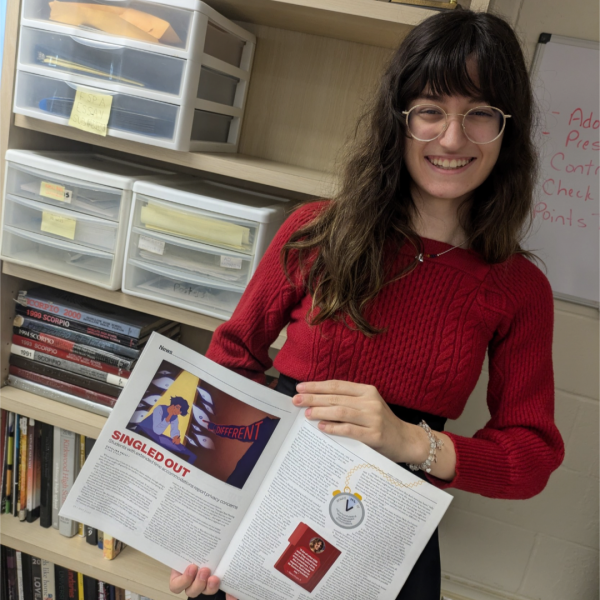After eight years since he was last seen onstage, former Pink Floyd lead guitarist and vocalist David Gilmour has made a grand return to the world of performance with the “Luck and Strange” tour for his fifth solo album of the same name. Known for both his essential contributions to iconic Floyd albums like “The Dark Side of the Moon” as well as classic solo works like “On An Island,” Gilmour toured from Sept. 27 to Nov. 9, making stops in Rome, London, Los Angeles and New York City’s famed venue: the Madison Square Garden.
Immediately skyrocketing to the No. 10 spot on the Billboard Top 200 and No. 1 on Billboard’s Top Album Sales Chart, the album and tour’s profound themes of reflection on one’s own life and the looming threats of the passage of time are universally resonant. Having witnessed this performance firsthand on Nov. 5, it is undoubtedly clear that “Luck and Strange” has only further cemented Gilmour’s legacy as an unrivaled titan in music history.
From the moment the show began to the final song, it was clear that Gilmour’s performance style was in stark contrast to most other golden-age musicians of his caliber. In contrast to the extravagant costuming donned by Mick Jagger during the Rolling Stones’ “Hackney Diamonds” tour in early 2024, or to the sparkling pyrotechnics in Paul McCartney’s subsequent “Got Back” tour, Gilmour’s style was remarkably unique; every performer onstage donned very casual wear, with Gilmour himself outfitted in a simple black shirt and pants. Despite having the usual flair of Pink Floyd shows like their signature circular screen along with excellent lighting and laser work during the show, the inherent air of humility palpable throughout the whole performance enabled the potent, impactful nature of the music and the skill of those creating it to truly shine through.
Gilmour performed a setlist blending a variety of Pink Floyd songs with tracks of his own, including the full tracklist from “Luck and Strange.” After performing two instrumental tracks as openers, the first lyrical song of the show is the album’s titular track. Reminiscing on the days of his youth, Gilmour’s chorus of “Let’s hope it’s not just luck and strange / A one-off peaceful golden age” fittingly encapsulates the core of the album, showing the uneasy optimism that the future will potentially bring more times of joy like those in the past. This central message is only made more harrowing by the inclusion of compositions by Pink Floyd’s late keyboardist, Richard Wright, who recorded the original tracks for the song during a jam session with Gilmour in 2007, a year before he passed. This song strikes me as an allusion to the whole of Pink Floyd itself during its peak years, before the infamous disputes that occurred with the band’s former lyricist and bassist Roger Waters, as well as potentially to the band’s early years before former lead vocalist Syd Barrett was forced to leave the group due to his increasing problems with drug use—a potent allusion for both Floyd fans and classic rock fans as a whole, since many who have developed a passion for this kind of music can relate to wondering if there will ever be another time in music history as influential and near-magical as the latter half of the 20th century.
The themes of the first song are only expanded upon by Gilmour’s immediate transition into performing a few songs from Pink Floyd’s “The Dark Side of the Moon” which perfectly expand upon “Luck and Strange” through their lyrics of how life can fly us by, such as the famed line, “And then one day you find ten years have got behind you / No one told you when to run, you missed the starting gun,” heard in the song “Time.” The embellishment of the core album’s themes with songs from the past made the entirety of the performance incredibly memorable, with one of the best moments of the show being the performance of “High Hopes,” the final song in Pink Floyd’s penultimate album, “The Division Bell.” Reminiscing on a time when “The grass was greener / The light was brighter / With friends surrounded,” the 8-minute-long performance was easily one of the best moments of the whole performance, with about a dozen large balloons being launched into the audience in reference to the song’s music video, which was playing in sync with the music on the round screen behind the band.
Beyond being a flawless performance of the song itself, this moment was yet another perfect homage to the past and to Pink Floyd’s well-known tendency to feature an assortment of floating inflatables during past concerts. Serving as a grand finale to the first half of the show before intermission, the inclusion of “High Hopes” was exemplary of the exceptional weaving of past with present that was evident throughout the show’s setlist and was key to the resounding emotional impact of the musical experience.
The most unquestionably significant and beautiful aspect of “Luck and Strange,” both as an album and as a tour, is Gilmour’s clear connection with every single artist who contributed to it. His wife, Polly Samson, was the lyricist for a majority of the songs on the album, and their youngest daughter, Romany, provided backing vocals for every song on the album and lead vocals for “Between Two Points,” the sixth track in the album and a personal favorite of mine. Gilmour later went on to dedicate a performance of Pink Floyd song, “Coming Back to Life,” to his wife and share a heartfelt story on how he had written the song about her, and also even took a pause at one point in the middle of the show to properly introduce the members of the band.
The connections Gilmour built with his family and fellow musicians throughout the tour were the beating heart of the whole organism that was the entire night’s performance, and this was exceptionally apparent during the surprising performance of another song from “The Dark Side of the Moon” with Romany and three other background vocalists taking the lead, “The Great Gig in the Sky.” A completely lyric-less yet fully vocal-driven song originally composed by Richard Wright and guest vocalist Clare Torry, the singers’ performance was at a much slower pace and had its own very unique style to it, which—despite not quite reaching the same level as the original track—did certainly pay a chilling tribute to it that impeccably expressed the synchronicity and synergy of every last performer on stage.
Although the show’s grand finale was the well-known Floyd hit, “Comfortably Numb,” the true encore of the show was the song prior to it, “Scattered.” Being the last track on the “Luck and Strange” album with a runtime of over seven minutes, it was only fitting that it would be the most moving; the venue was shrouded in darkness save for the dim light of a clock’s golden glare fading in and out of visibility on the screen behind the band, with the music taking center stage. The song’s first chorus, “A man stands in a river, pushes against the stream / Time is a tide that disobeys, and it disobeys me,” is later echoed in the song’s final line in an idyllic full-circle moment, as a mosaic’s final pieces finally fall into place and the audience finally registers what the album’s cover image truly meant. A thesis statement for the entire album, the fear, defiance, and desperation felt as the clock draws ever nearer to its final hours is pristinely communicated by the convergence of song and mental visuals that occurred in that single moment of understanding.
Lyrics from throughout the night continue to echo in my mind long after the show was over, and I believe the same is true for anyone who was lucky enough to witness a night of this tour regardless of who they are. From the melancholic pondering on the nature and rarity of our existence in “A Single Spark” to the soft solace of love portrayed in “Sings,” the mystifying elusiveness of life and the dizzying ups and downs it brings were immaculately portrayed in the audiovisual experience created by Gilmour and his team that night. “Luck and Strange” was a one-of-a-kind tour that celebrated humanity and life through the lens of Pink Floyd and Gilmour’s own experiences, and it will indisputably be remembered by those who watched it for years to come.



